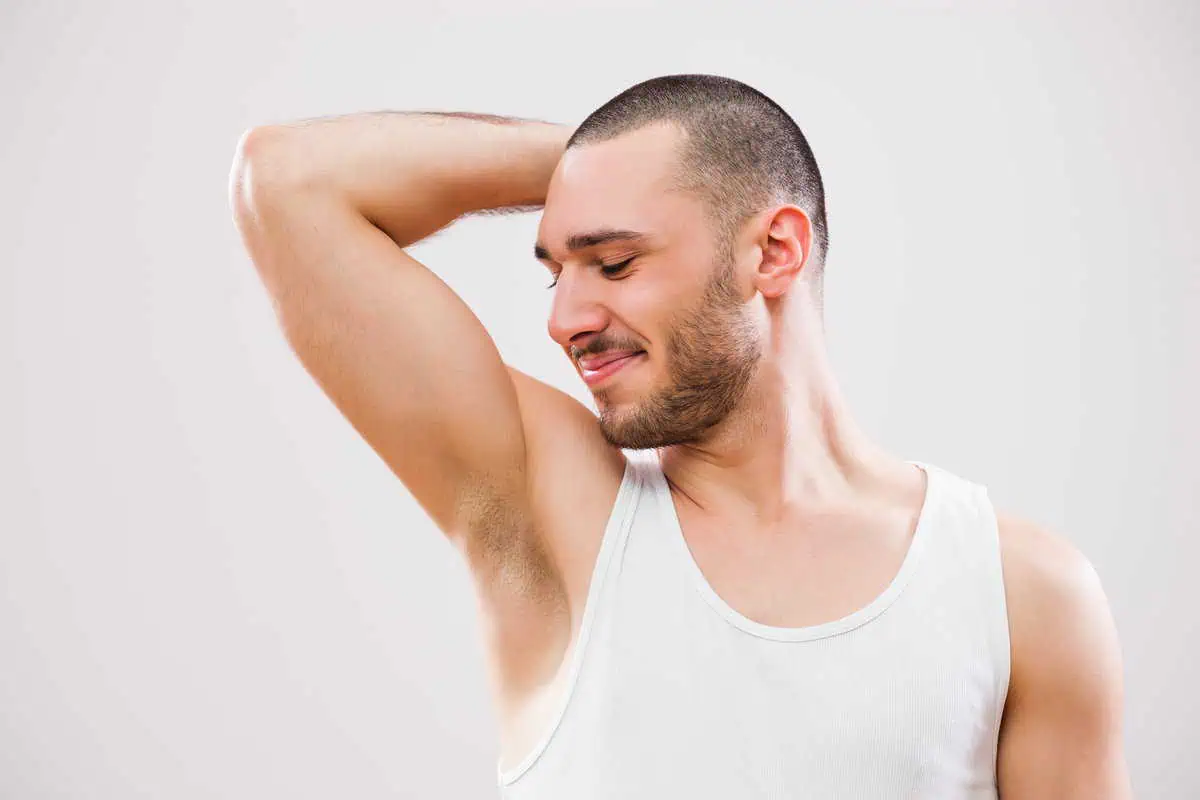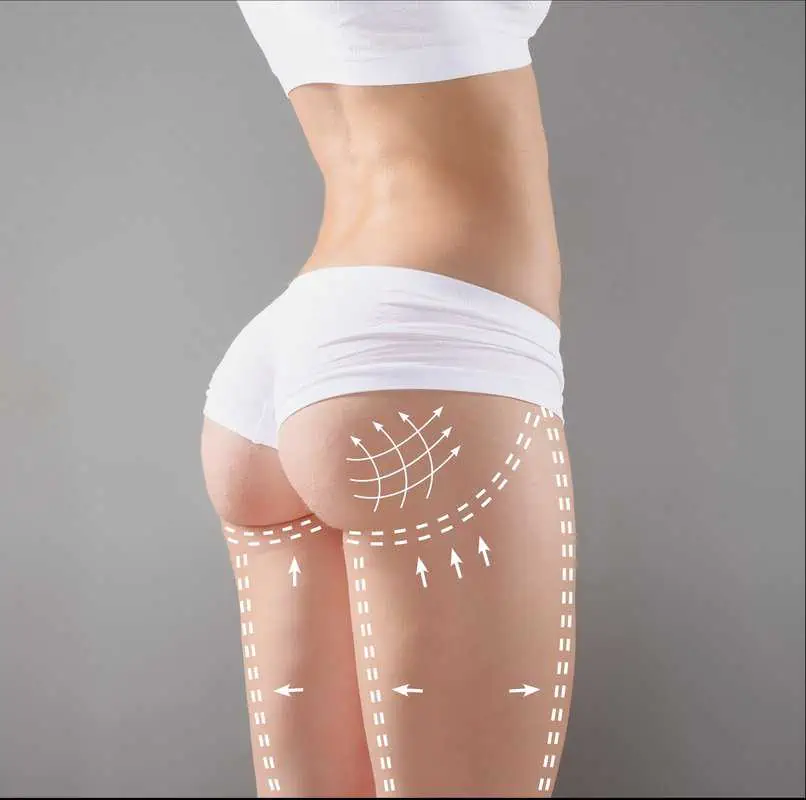
Underarm Botox has become a sought-after solution for individuals grappling with hyperhidrosis, a condition characterized by excessive sweating. While antiperspirants and lifestyle changes may offer some relief, they often fail to provide long-term solutions. Botox, commonly associated with cosmetic procedures, has proven effective in treating this often debilitating issue.
However, undergoing a Botox treatment is not without its considerations. Post-treatment care is crucial for ensuring the procedure’s effectiveness and minimizing potential side effects. This is especially true for treatments targeting areas as sensitive as the underarms. Knowing what precautions to take can significantly impact your experience and results.
What is Hyperhidrosis?
Hyperhidrosis is a medical condition distinguished by excessive sweating, which can occur in various body parts, such as the palms, soles, face, and underarms. This condition often goes beyond the normal sweating caused by heat or exercise and can occur without apparent reason. Excessive sweating can interfere with daily activities, causing physical discomfort and emotional distress.
There are two main types of hyperhidrosis:
- Primary Hyperhidrosis: This form is not caused by another medical condition or medication. It usually starts in childhood or adolescence and may improve with age. Excessive sweating typically occurs on specific body areas like the hands, feet, and underarms.
- Secondary Hyperhidrosis: This type is usually a symptom of another underlying health condition, such as diabetes, thyroid issues, or certain medications. The sweating often occurs over larger areas of the body and may happen during sleep.
Traditional hyperhidrosis treatments include antiperspirants, iontophoresis (a treatment that uses electrical currents to reduce sweating), and even surgical options like endoscopic thoracic sympathectomy. However, these methods can have varying degrees of success and may have drawbacks.
Botox has emerged as an alternative treatment option, particularly for those who have not found relief through traditional methods. While Botox is often associated with cosmetic procedures, various studies and clinical trials have supported its application in treating hyperhidrosis.
How Does Botox Work for Hyperhidrosis?
Botox, or Botulinum toxin, is a neurotoxic protein commonly used for medical and cosmetic procedures. Usually, when the body wants to initiate sweating, a signal is sent down the nerve, causing vesicles filled with acetylcholine to fuse with the nerve ending’s membrane and release their contents into the synaptic cleft, the space between the nerve ending and the sweat gland. Botox interferes with this process by disrupting the SNARE complex, a group of proteins essential for releasing acetylcholine.
After Botox is injected, it binds to the presynaptic membrane of the nerve endings responsible for releasing acetylcholine. With the release of acetylcholine blocked, the sweat glands do not receive the signal to produce sweat, reducing sweating in the treated area.
The effects of Botox for hyperhidrosis are not permanent. Still, they can last for several months, typically four to fourteen months, depending on individual factors such as metabolism, lifestyle, and the severity of the condition. After the effects wear off, the treatment can be repeated.
Botox is not a cure for hyperhidrosis; it is a temporary solution that needs to be maintained for continued results. Also, Botox treatment for hyperhidrosis is generally considered safe. Still, it may have potential side effects like brief pain or bruising at the injection site, making post-treatment care crucial.
Immediate Post-Treatment Care
Immediate post-treatment care is a critical step in treating hyperhidrosis with Botox. Adhering to these guidelines can significantly impact the efficacy of the treatment and your overall satisfaction with the results.
- Avoid Rubbing or Massaging: It’s important not to rub, massage, or apply pressure to the treated area for at least 24 hours. This helps prevent Botox from spreading to unintended areas.
- Limited Physical Activity: Refrain from engaging in strenuous physical activities for the rest of the day. Exercise can increase blood flow, which might cause the Botox to disperse away from the targeted area.
- Stay Upright: Stay upright for at least 4 hours after the procedure. Lying down or reclining could cause the Botox to shift.
- Avoid Heat Exposure: Stay away from hot environments like saunas, hot showers, or direct sunlight for at least 24 hours. Heat can cause blood vessels to dilate, which may affect how the Botox settles.
- No Alcohol or Blood Thinners: It’s advisable to avoid alcohol and blood-thinning medications for at least 24 hours to reduce the risk of bruising at the injection site.
- Check for Side Effects: While side effects are rare, look for symptoms like redness, swelling, or bruising. If these signs endure or deteriorate, confer your healthcare provider.
- Follow Provider Instructions: Always follow any specific post-care instructions provided by your healthcare provider. They may have tailored advice based on your medical history and the specifics of your treatment.
- Hydration: While it may seem counterintuitive for a treatment to reduce sweating, staying hydrated is important for overall well-being and can aid healing.
- Loose Clothing: Wear loose, breathable clothing to avoid irritation in the treated area.
Long-Term Precautions
Taking these long-term precautions can help you maintain the benefits of your Botox treatment for hyperhidrosis while minimizing potential risks. Always consult your healthcare provider for personalized advice tailored to your specific needs.
- Avoid DIY Treatments: Do not attempt to administer Botox injections yourself or through unqualified individuals. Always seek treatment from a certified medical professional to ensure safety and effectiveness.
- Lifestyle Adjustments: While Botox can significantly reduce sweating, continuing with lifestyle practices that help manage hyperhidrosis, such as wearing breathable fabrics and staying hydrated, is advisable.
- Be Cautious with Other Treatments: If you are considering other treatments or medications, especially those that might interact with the nervous system, consult your healthcare provider to ensure they won’t interfere with the Botox.
- Medical History Updates: Keep your healthcare provider updated on any changes in your medical history, new medications, or other treatments you are undergoing. This information is crucial for tailoring your ongoing treatment plan.
Takeaway
If you’re struggling with hyperhidrosis and are looking for a proven, effective treatment, don’t wait any longer to take control of your life. At Homa Rejuvenation, we specialize in underarm Botox treatments for excessive sweating, offering you a chance to live more comfortably and confidently. Our team is experienced in providing personalized care and tailored services to your needs. Take the first step towards a sweat-free life. Contact Homa Rejuvenation today for your consultation and uncover how we can help you accomplish lasting relief from hyperhidrosis.



